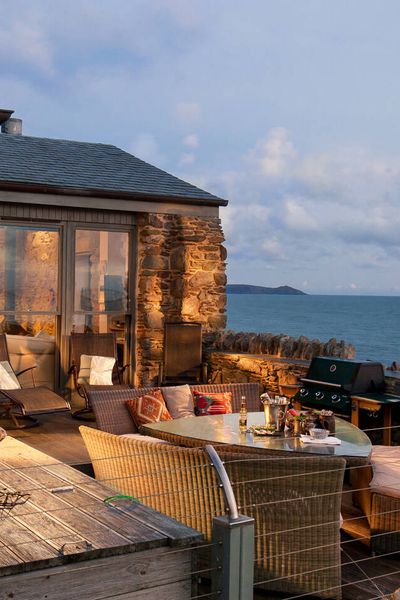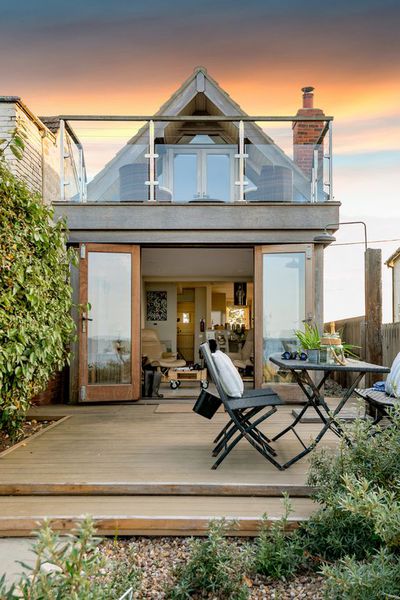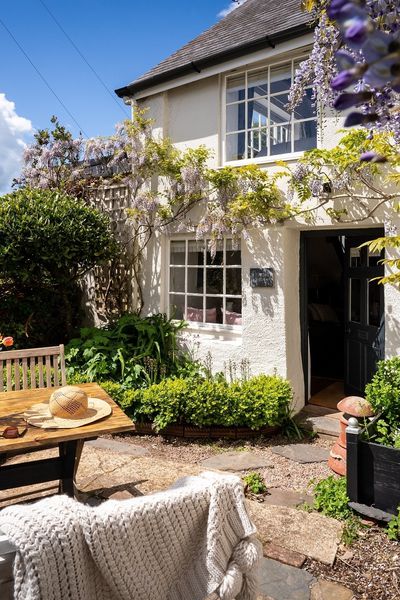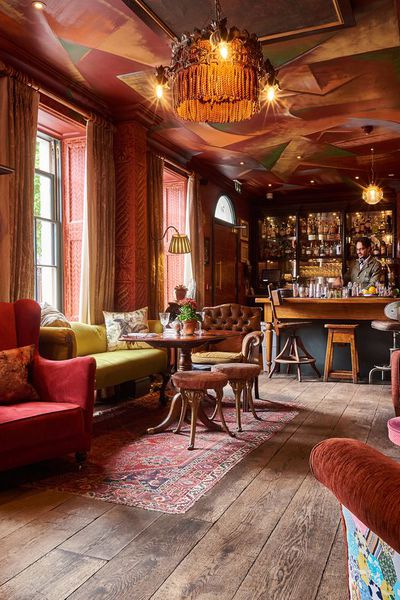
Aragon, Spain
Aragon’s reputation as Spain’s most underrated region surely can’t last for long. In the north, it’s crossed by the highest peaks of the Pyrenees, with ski-able slopes and rivers carving in wide falls through the valleys of the Ordesa y Monte Perdido National Park. It’s a lush adventure playground of steep canyons and green meadows, but just a few hours south is Bardenas Reales, Spain’s northern desert, where striated folds of land show a spectrum of reds and oranges. It feels more Arizona than Europe.
The capital, Zaragoza, is more than a base for exploring the diverse landscape. There are layers upon layers of history here, from Roman theatres to the red brick and geometric tiling of the post-Moor Mudejar architecture. In the Aljaferia Palace and the Basílica de Nuestra Señora del Pilar, towering over the banks of the Ebro, you can see the passage of time in the multiple styles of different sections. Modern Zaragoza is a lively blend of old and new, where you can explore the work of Goya and lively bars among the ancient landmarks.
Stay at: The rough stone mountain retreat Posada Al Vent, the ranchouse in the meadows Hosteria de Guara, or other places in Aragon.

Evora, Alentejo, Portugal
Evora, in heart of southern Portugal, is a place of narrow lanes, quiet squares, orange trees and pale stone buildings untouched by the centuries. The whole centre was declared a World Heritage Site by UNESCO in 1986 and the combination of architectural styles and colour have lead to it becoming a sort of lesser-known Sintra. As a university town, Evora has a youthful side too. Chestnuts are roasted in the cobbled streets and unpretentious restaurants serve the Alentejo’s distinctive cuisine, with strong flavours of garlic, coriander and the mint-like Poejo.
Although Evora is fun all year, a spring visit gives you the chance to see the Alentejo at its most glorious. The sparsely-populated region is a huge expanse of meadows and untamed land which explodes into colourful life when the wildflowers bloom. This in turn brings huge numbers of many bird species, resting and feeding in the quiet lakes and fields during southerly migrations.
Stay at: Quinta do Cano, a cool retreat in the hills above the town where you can relax, swim and meet the donkeys.

Glénan Islands, France
The curved fragments of the Glénan Islands look more suited to the southern hemisphere than their position under France’s outstretched western arm. Too small to be populated, they make for a surreal day trip that takes you from ancient, cultural Quimper to fringes of white sand in a single afternoon. Departures from Loctudy, Bénodet, Concarneau and Beg-Meil go to Saint Nicolas, and from there you can cruise or even kayak around the other islands until you find your own private patch of turquoise water to dive into.
The islands are also home to France’s smallest nature reserve, founded in 1974 to protect the indigenous Glénan Narcissus. The small white flower carpets the island in spring, giving you the unique experience of standing in a sea-bound meadow.
Stay at: Restored cider farm La Ferme de Kerscuntec or Chateau de Penfrat a grand old house by the river on a 15-acre estate.

Holt, Norfolk
Along with its coastline and natural beauty, Norfolk’s towns often go overlooked. From Holt you can explore miles of coastal path or colour coded trails in the Holt Country Park, take the steam train to Sheringham, drop down to The Broads and even visit a resident seal colony at Blakeney, as well as exploring the culture of the place itself.
The foodie revolution that has surged in East Anglia is thriving in Holt. There are chic cafes and fine dining restaurants, but also “oyster caravans” and smokeries where you can buy and eat the freshest food within sight of the source. Anything you can’t track down can be found at Bakers & Larners, the legendary deli showcasing the best of the region’s superb cheese, ales and other produce, or the Bayfield Farmers’ market held every third Sunday. To help you navigate round all of Holt’s historical and cultural spots, the Holt Owl Trail, 24 pavement plaques signposting the sights, was set up in 2017. Following it will lead you through the narrow streets and along the colourful waterfront, giving you a great experience of this beautiful, fascinating town.
Stay at: Stylish but homely Cartshed Cottages at Sharrington Hall, or rustic rural hideaway Hill Cottage.









